Q
What‘s ’the Top Speed of Jaecoo J7? Get Idea Here!
The maximum speed of the J7 is 180 km/h, and this applies to all models, including the 2024 Jietu Traveler J7 two - wheel drive version, the 2024 Jietu Traveler J7 four - wheel drive version, and the 2025 Jietu Traveler J7 plug - in hybrid two - wheel drive version. The maximum speed is an important performance indicator of a vehicle, which reflects its power and potential on the road. For example, on some highways with appropriate speed limits and good traffic conditions, this maximum speed can showcase the vehicle's dynamic performance. Although in daily driving, due to safety concerns and traffic regulations, it rarely reach this maximum speed, but still reflects the sophisticated engineering design of the vehicle's power system. Different versions of the Jietu Traveler J7 may vary in other aspects such as fuel type, acceleration time, and fuel consumption, but their maximum speeds are the same.
Special Disclaimer: This content is published by users and does not represent the views or position of PCauto.
Related Q&A
Q
Does the Jaecoo J7 have memory seats?
As an SUV targeting the high - end market, the Jaecoo J7 is indeed equipped with a memory seat function. This configuration can store the preferred settings such as seat positions and rear - view mirror angles of different drivers, making it convenient for quick adjustment when multiple people take turns driving. It is especially suitable for family users or business scenarios. In Malaysia's hot weather, its comfort can be further enhanced when combined with the ventilated seat function.
Memory seats are usually linked with configurations such as electric adjustment and lumbar support, which is a common technology in luxury cars. High - end versions of competing models in the same class, such as the Honda CR - V and Toyota RAV4, also offer similar functions. It should be noted that there may be differences between different model years or configuration versions. It is recommended that consumers check the specific configuration list on the official Jaecoo Malaysia website before purchasing or visit an authorized dealer to experience the actual vehicle functions.
This kind of intelligent configuration is gradually being introduced from luxury cars to mainstream models, reflecting the digital development trend of the automotive industry. In the future, more advanced technologies such as facial recognition or remote preset via mobile apps may be integrated.
Q
What fuel does the Jaecoo J7 use?
As an SUV targeting young urban families, the Jaecoo J7 in the Malaysian market uses RON95 gasoline, which is the most common fuel type locally. It fully meets the infrastructure of Malaysian gas stations and driving needs. The 1.6TGDI turbocharged engine equipped in this model has been specifically tuned to fully leverage the anti - knock characteristics of RON95 gasoline. It not only ensures a power output of 156 horsepower but also takes fuel economy into account, making it very suitable for Malaysia's hilly terrain and congested urban roads.
It's worth mentioning that although RON97 gasoline can theoretically bring smoother combustion efficiency, considering the Malaysian government's continuous subsidy policy for RON95 and the limited difference in actual driving experience between the two, using RON95 is undoubtedly a more cost - effective choice. For Malaysian consumers who care about car - maintenance costs, regularly using the fuel additives recommended by the original manufacturer can effectively keep the fuel injectors clean. This kind of maintenance method is more cost - effective than blindly pursuing high - octane fuel.
In addition, Malaysia's hot and humid climate poses a challenge to the fuel system. It is recommended that car owners choose gas stations with a good reputation as much as possible to avoid poor - quality gasoline with excessive moisture content, which may affect the engine's lifespan.
Q
What is the towing capacity of the Jaecoo J7?
As an SUV designed mainly for urban light off - road driving, the towing capacity of the Jaecoo J7 needs to be evaluated in combination with its power and body structure. Although the official hasn't released the specific data yet, referring to SUV models in the same class equipped with 1.6T turbocharged engines (such as the Chery Tiggo series), it is estimated that its towing capacity is between 1,200 and 1,500 kilograms. It is suitable for towing leisure equipment like small yachts, camping trailers, or motorcycles.
For Malaysian users, it's necessary to pay attention to the local regulations regarding vehicle towing. For example, in Peninsular Malaysia, the total weight of the trailer must not exceed 1.1 times the unladen weight of the towing vehicle, and a special hitch and braking system need to be installed. If you often have towing needs, it is recommended to upgrade the cooling system and regularly check the transmission oil temperature, as the tropical climate may increase the engine load.
In addition, the J7's intelligent four - wheel drive system and high - rigidity body design can improve towing stability. However, in actual operation, sudden acceleration or overloading on steep slopes should still be avoided to ensure safety. The towing data of other brands like Proton X90 or Toyota Fortuner can also be used as a horizontal reference, but ultimately, the information on the Jaecoo Malaysia official website or from dealers should be the final reference.
Q
What is auto start stop on Jaecoo J7?
The Auto Start-Stop function of the Jaecoo J7 is an energy-saving technology. When the vehicle stops briefly (such as waiting at a red light or in a traffic jam), the system will automatically shut down the engine to reduce fuel consumption and emissions. When the driver releases the brake or steps on the accelerator, the engine will quickly restart to ensure a smooth drive. This function is particularly suitable for the common urban traffic congestion in Malaysia. It can not only reduce fuel consumption but also decrease exhaust emissions, which is in line with the environmental protection trend.
It should be noted that the Auto Start-Stop function will automatically pause when the battery is low, the air - conditioning is operating at a high load, or the engine has not reached the operating temperature, to ensure driving comfort and vehicle performance. Similar technologies have been widely used in many brand models and have become one of the important means for modern cars to improve fuel economy. Drivers can manually turn off this function through a button, but long - term use can significantly save fuel costs, especially in busy traffic areas like Kuala Lumpur.
Q
What is the safety rating of the Jaecoo J7?
The Jaecoo J7 has a good safety performance. It comes standard with a host of safety features. For example, ABS anti - lock braking system and electronic stability control can enhance the vehicle's stability during emergency braking and on complex road conditions. The seat - belt reminder covers all seats, constantly reminding passengers and drivers to fasten their seat belts. Functions such as blind - spot monitoring, lane departure warning system, autonomous emergency braking/active safety system, and forward collision warning are helpful in detecting potential hazards in advance and avoiding collisions. The vehicle is also equipped with eight airbags, including those for the driver, front - passenger, front - side airbags, head airbags (curtains) for the front and rear rows, and knee airbags. These can effectively protect the people inside the vehicle in the event of a collision. In addition, the ISOFIX child - seat anchor points make it easy to install child seats, ensuring the safety of children in the car. Although there is no specific star - rated safety rating, these abundant safety features can provide reliable safety protection for passengers and drivers.
Q
Is the Jaecoo J7 water resistant?
As an SUV mainly targeting urban light off - roading, the water - proof performance of the Jaecoo J7 is mainly manifested in daily wading scenarios rather than professional diving. Official data shows that its wading depth can reach approximately 600mm, which is sufficient to handle the common rain - flooded roads in Malaysia. This is due to its optimized air intake position and chassis sealing design. However, it should be noted that long - term immersion may still cause damage to the electrical circuits.
For Malaysian consumers, when driving during the rainy season, more attention should be paid to the vehicle's water - proof performance and daily maintenance. For example, regularly check the door seals and chassis drain holes to prevent sand and mud from clogging and affecting the water - proof effect. At the same time, it is recommended to check the braking system in time after wading.
It's worth noting that the water - proof design of most city SUVs on the market is mainly for short - term wading. If you often encounter deep - water areas, you should consider modifying professional configurations such as a wading snorkel. However, this will involve changes to the warranty terms, and it is recommended to consult through official channels.
Q
What cars are similar to the Jaecoo J7?
As a luxury compact SUV, the Jaecoo J7's comparable models can be those in the same class with similar design styles, power configurations, and technological features. For example, the Chery Omoda 5, Proton X50, Haval Jolion, and Toyota Corolla Cross. These models all feature youthful designs, have similar body sizes (around 4.4 - 4.5 meters in length), offer turbo - charged engine options (such as 1.5T or 1.6T), and are equipped with intelligent connectivity systems and ADAS driving assistance features, making them suitable for the urban roads in Malaysia and family needs.
It's worth noting that the Jaecoo J7 stands out in its class with its emphasized "luxury" interior quality and unique exterior design. The Proton X50 has an edge in cost - effectiveness thanks to its local production and well - established after - sales network, while the Toyota Corolla Cross excels in brand reputation and hybrid technology.
If consumers prefer a higher ground clearance or a four - wheel drive version, they can also compare the Mitsubishi ASX or Mazda CX - 30, but the price may go up. It is recommended to take a test drive before purchasing a car. Pay special attention to the space comfort and warranty terms, as the tropical climate in Malaysia places high demands on the air - conditioning efficiency and the stability of the electronic system.
Q
Is Jaecoo J7 a 4x4?
The Jaecoo J7 isn't all 4x4 (four - wheel drive) models. This vehicle comes in multiple drivetrain versions. Among them, the Jaecoo J7 AWD version features four - wheel drive (4x4), which offers better passability and handling stability, making it suitable for dealing with complex road conditions. The Jaecoo J7 2WD version is front - wheel drive, mainly providing the power needed for daily city driving and may have an edge in fuel economy. Additionally, the Jaecoo J7 PHEV 2WD version is also front - wheel drive. It's a plug - in hybrid model, achieving a balance between power performance and energy conservation as well as environmental protection. Consumers can choose the appropriate Jaecoo J7 drivetrain version based on their actual needs, driving scenarios, budget and other factors.
Q
How many seats are in the Jaecoo J7?
As a new luxury intelligent SUV model, the Jaecoo J7 features a standard 5 - seat layout for its seating configuration. This can meet the daily travel or long - distance trip needs of most Malaysian families. The rear seats usually support proportional folding to flexibly expand the luggage space.
In terms of design, this car focuses on seating comfort. The seat materials may offer options like leather or high - grade fabric. Some versions may also be equipped with electric adjustment or heating functions to enhance the experience. For Malaysian consumers, a 5 - seat SUV is particularly practical for urban commuting and weekend self - driving tours. It can ensure sufficient seating space while avoiding the higher road tax costs associated with 7 - seat models.
In the same market segment, the 5 - seat layout is the mainstream choice. Models like the Honda CR - V and Toyota RAV4 adopt similar designs. However, the Jaecoo J7 strengthens its competitiveness through intelligent configurations and a luxurious feel. For example, it may be equipped with an immersive audio system or a panoramic sunroof. These details are quite appealing to Malaysian users who value a sense of technology and comfort.
If consumers need more seats, they can consider other 7 - seat models or MPVs under the brand.
Q
What size battery is in the Jaecoo J7?
As a newly launched SUV model in the Malaysian market, the Jaecoo J7 typically uses a mainstream 12V battery system. Specifically, the capacity might be a lead - acid battery ranging from 60Ah to 70Ah (the specific parameters should be subject to the official manual or dealer information). This type of battery can meet the daily starting and power supply needs of electronic devices.
The climate in Malaysia is hot and humid. It is recommended that car owners regularly check whether the battery electrodes are corroded and avoid long - term parking which may lead to battery discharge, so as to extend the battery life. If considering an upgrade in the future, enhanced batteries such as AGM or EFB can be selected. They are more heat - resistant and have better cyclic charging performance, but it is necessary to confirm the compatibility with the vehicle's electrical system.
In addition, some maintenance centers in Malaysia offer free battery testing services. Car owners can take advantage of these services to ensure that the vehicle's power system is in good condition.
Latest Q&A
Q
How expensive is it to maintain a Volvo XC90?
In Malaysia, the maintenance costs for the Volvo XC90 sit in the upper-middle range for luxury SUVs. Regular services like oil changes and filter replacements typically run between RM800 to RM1,200 per visit, depending on the type of oil used and the specific pricing at each authorized service center. Major services, which might include brake pad replacements and transmission fluid changes, can set you back anywhere from RM3,000 to RM5,000. It’s definitely advisable for owners to stick to the official maintenance schedule to keep the vehicle performing at its best and to avoid even heftier repair bills down the line.
As a luxury SUV that prioritizes safety and technology, the XC90 does come with relatively higher maintenance costs. However, Volvo’s reputation for durability and high-quality components means lower long-term failure rates, which helps offset those unexpected repair expenses. Malaysia’s authorized Volvo service centers offer transparent maintenance packages, so owners can get a clear idea of costs upfront and plan their budgets accordingly. It’s also worth considering an extended factory warranty plan to cover potential high-cost repairs later in the vehicle’s life.
When stacked against other luxury brands, Volvo’s maintenance fees are reasonably competitive. And let’s not forget—its top-tier safety tech and eco-friendly interior materials are big reasons many owners are happy to invest that little bit extra.
Q
What is the life expectancy of a XC90?
The Volvo XC90, as a luxury SUV, typically enjoys a service life of 15 to 20 years in the Malaysian market, though this can vary depending on maintenance upkeep, driving habits, and local climate conditions. Sticking to regular oil changes, transmission fluid replacements, timing belt services, and strictly following the manufacturer's recommended maintenance schedule can significantly extend its lifespan. Malaysia's hot and humid environment can accelerate the aging of rubber components and electronic parts, so it's advisable to regularly inspect chassis bushings, weatherstripping, and wiring harnesses. The Drive-E engine under the hood has a solid reputation for reliability, but using the correct grade of fully synthetic oil is a must to ensure it performs at its best. For those looking at a used XC90, pay close attention to the air suspension (if equipped) and the turbocharging system – these are common high-maintenance areas on premium models. It's worth noting that Volvo's safety tech, like the City Safety system, tends to hold up well even in high-mileage vehicles, which is a core strength of the brand. With proper care, the XC90 is more than capable of serving Malaysian families for the long haul. Its durability is on par with German rivals in the same class, but it often comes with a more attractive maintenance cost advantage.
Q
Which Volvo XC90 to avoid?
Honestly, every version of the Volvo XC90 brings its own unique strengths and character—there’s really no model you should outright avoid. But if you’ve got specific needs or priorities, there are a few things worth keeping in mind. Let’s break it down. If you’re working with a tight budget but still want solid features, the 2020-2022 models might be tricky since some of those are no longer in production. That could mean higher costs or more hassle down the line when it comes to maintenance and finding replacement parts.
Now, if value for money is your main goal, the 2025 Volvo XC90 Ultra T8, priced at RM 434,888, sits on the higher end. If you don’t really need much all-electric range, you won’t get to fully leverage its plug-in hybrid benefits, making it a bit of a stretch cost-wise. And let’s say you’re not overly fussed about the latest power upgrades or tech tweaks—then the incremental improvements in newer models might not feel worth the extra cash. In that case, going for an older model could save you a pretty penny upfront.
Q
Is the XC90 a large SUV?
Yeah, the Volvo XC90 is definitely a full-size SUV. It stretches close to 5 meters in length and has a wheelbase over 2.9 meters, offering a three-row, seven-seat layout. The space is roomy and comfortable, making it a solid choice for Malaysian families or anyone needing to haul multiple passengers. Over here in Malaysia, the XC90 has built up a good following thanks to its Scandinavian luxury design, cutting-edge safety tech, and strong performance. The T8 plug-in hybrid, in particular, strikes a nice balance between power and eco-friendliness, which aligns perfectly with what local folks expect from a premium SUV. Now, full-size SUVs generally give you better ground clearance and cargo capacity, but that larger footprint can feel a bit cumbersome when navigating the tighter streets of cities like Kuala Lumpur. So, it's smart to really think about your daily driving needs before taking the plunge. Rivals in this segment include German heavyweights like the BMW X7 and Mercedes-Benz GLS – definitely worth checking out how they stack up in terms of space, features, and overall driving feel before making a decision. Given Malaysia's hot and rainy climate, the XC90's panoramic sunroof and four-zone climate control are nice touches that boost comfort. And of course, Volvo's City Safety system adds an extra layer of security when dealing with tricky traffic situations.
Q
What is the best year of XC90 to buy?
When shopping for a Volvo XC90 in Malaysia, the second-generation models from 2016 onwards are your best bet – especially the post-2018 facelift versions. These come with the more refined Drive-E turbo engines (T5/T6/T8), an upgraded Sensus infotainment system, and revised suspension tuning that better suits local road conditions. If your budget stretches further, the 2020+ models step up with standard Pilot Assist semi-autonomous driving and the CleanZone air purification system, both of which are surprisingly handy in our tropical climate.
A quick heads-up: early 2016-2017 builds had occasional electronic system lag issues, so we’d strongly recommend going through the Volvo Selekt certified pre-owned program to get that factory warranty peace of mind. What really sets the XC90 apart in its class is the standard 7-seat layout and that typically Volvo超高安全配置 – including the rollover protection system. That said, it’s worth cross-shopping against the Lexus RX or BMW X5 from the same model years. European cars do tend to have slightly higher maintenance costs here compared to Japanese rivals, though Volvo’s factory 5-year free servicing plan helps take the edge off that difference.
View MoreRelated News
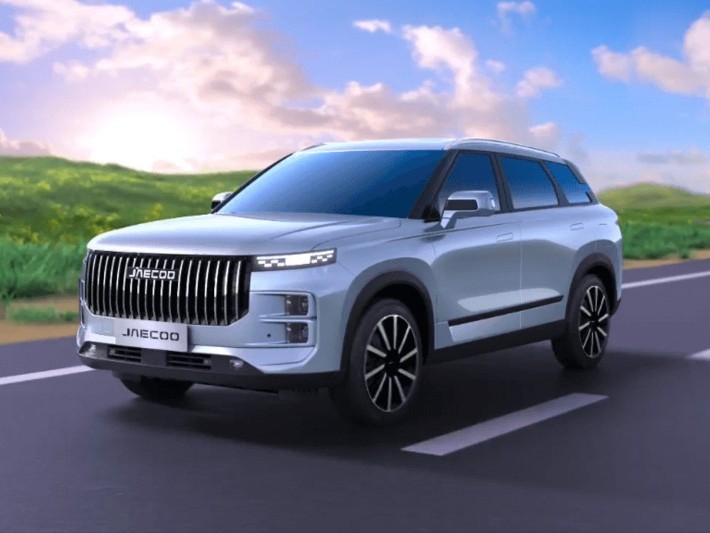
Jaecoo J7 Review: A Great-Value SUV That Delivers More Than Expected
AshleyJul 10, 2025
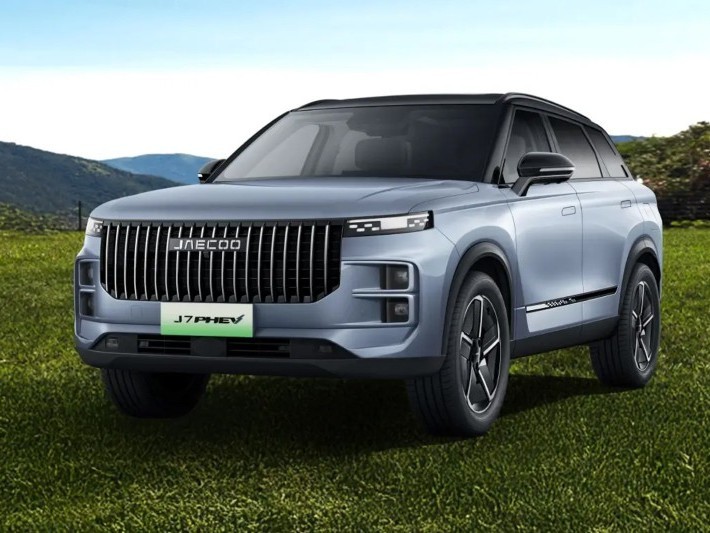
Jaecoo J7 Interior Design Unveiled: A Cabin Full of Luxury and Tech Vibes
LienJul 1, 2025
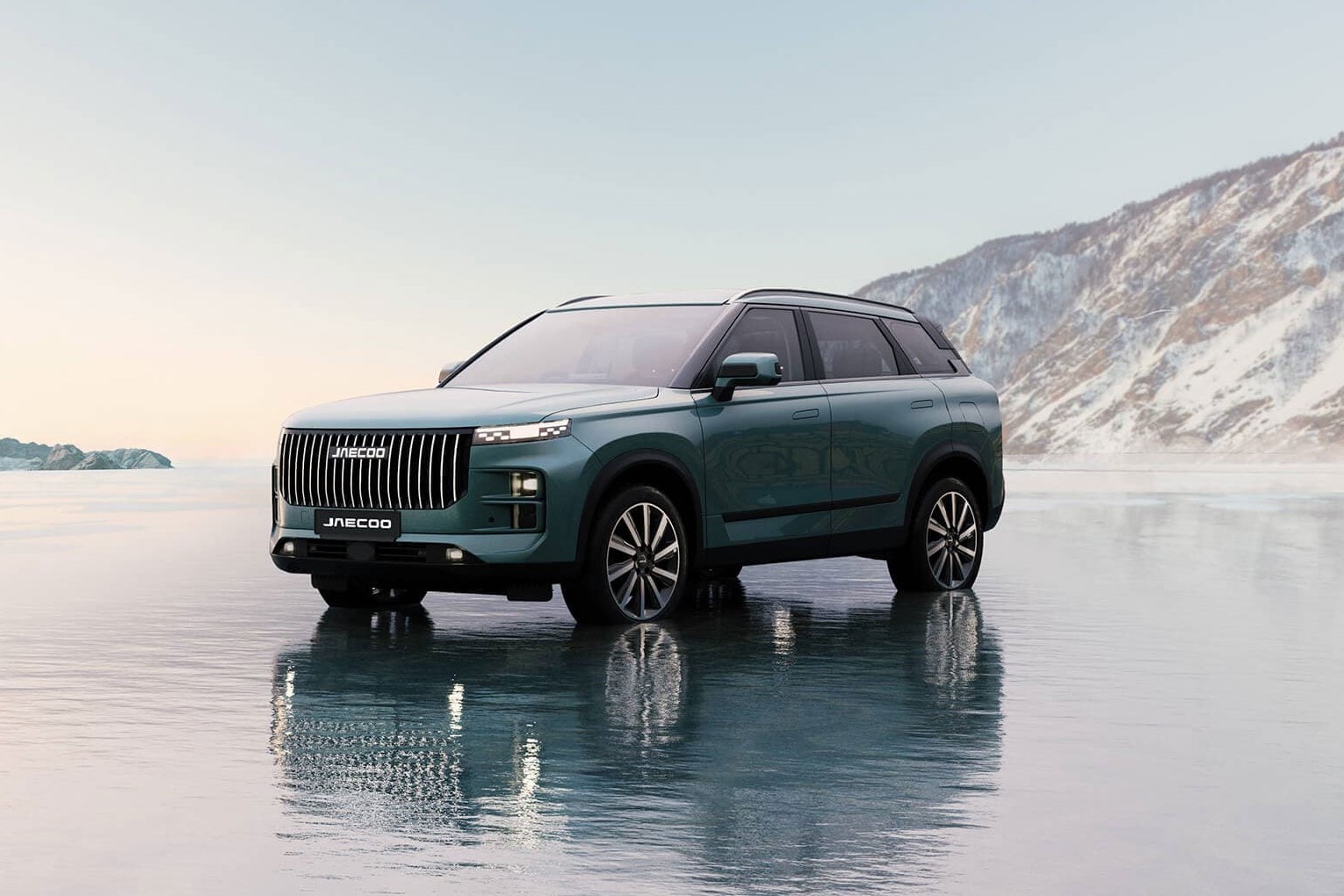
Jaecoo J7 Buyer's Guide: Models, Price & Best Pick for You!
RobertJun 10, 2025
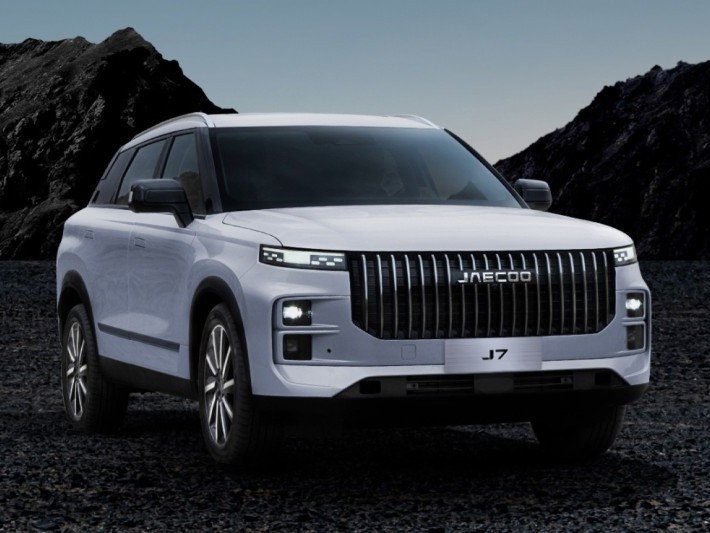
How Much Thought Went Into It? A Deep Dive Into Jaecoo J7's Design Details
MichaelApr 11, 2025
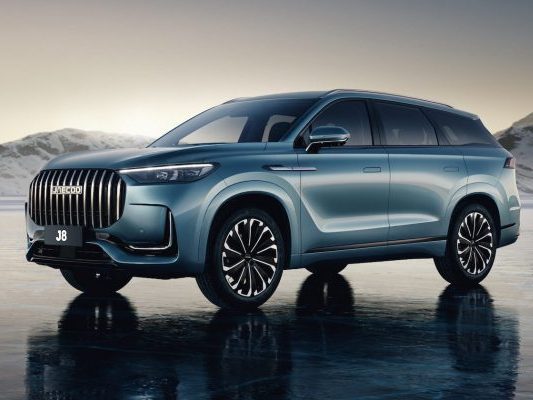
Jaecoo J8 Unveiled: Will It Continue the Glory of Jaecoo J7?
LienMar 28, 2025
View More











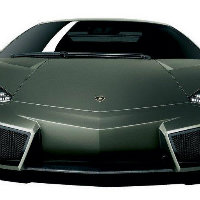
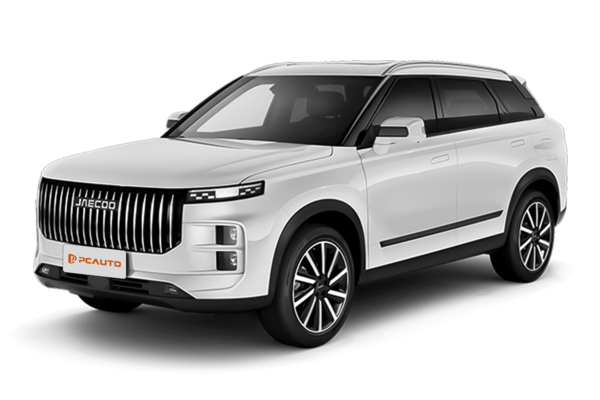
 Cars
Cars



Pros
Cons